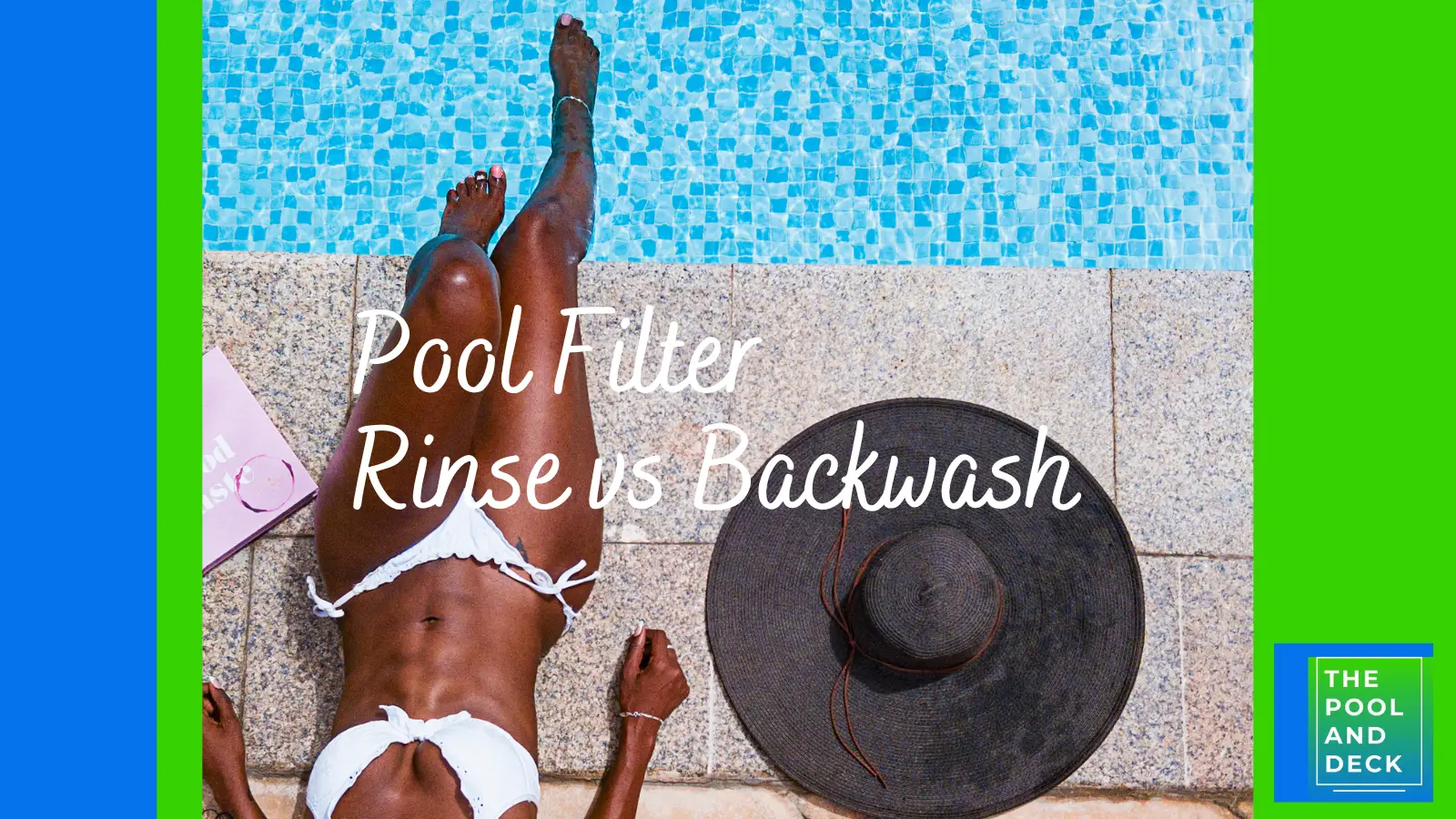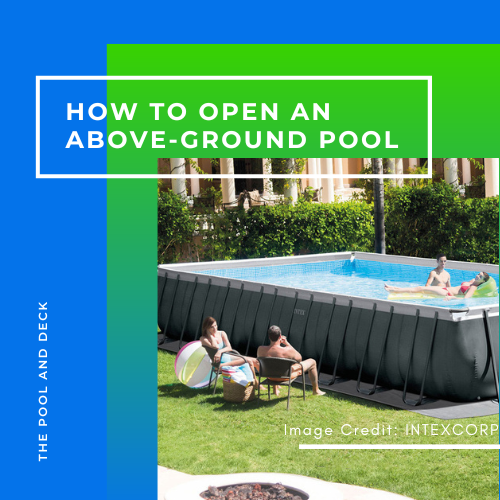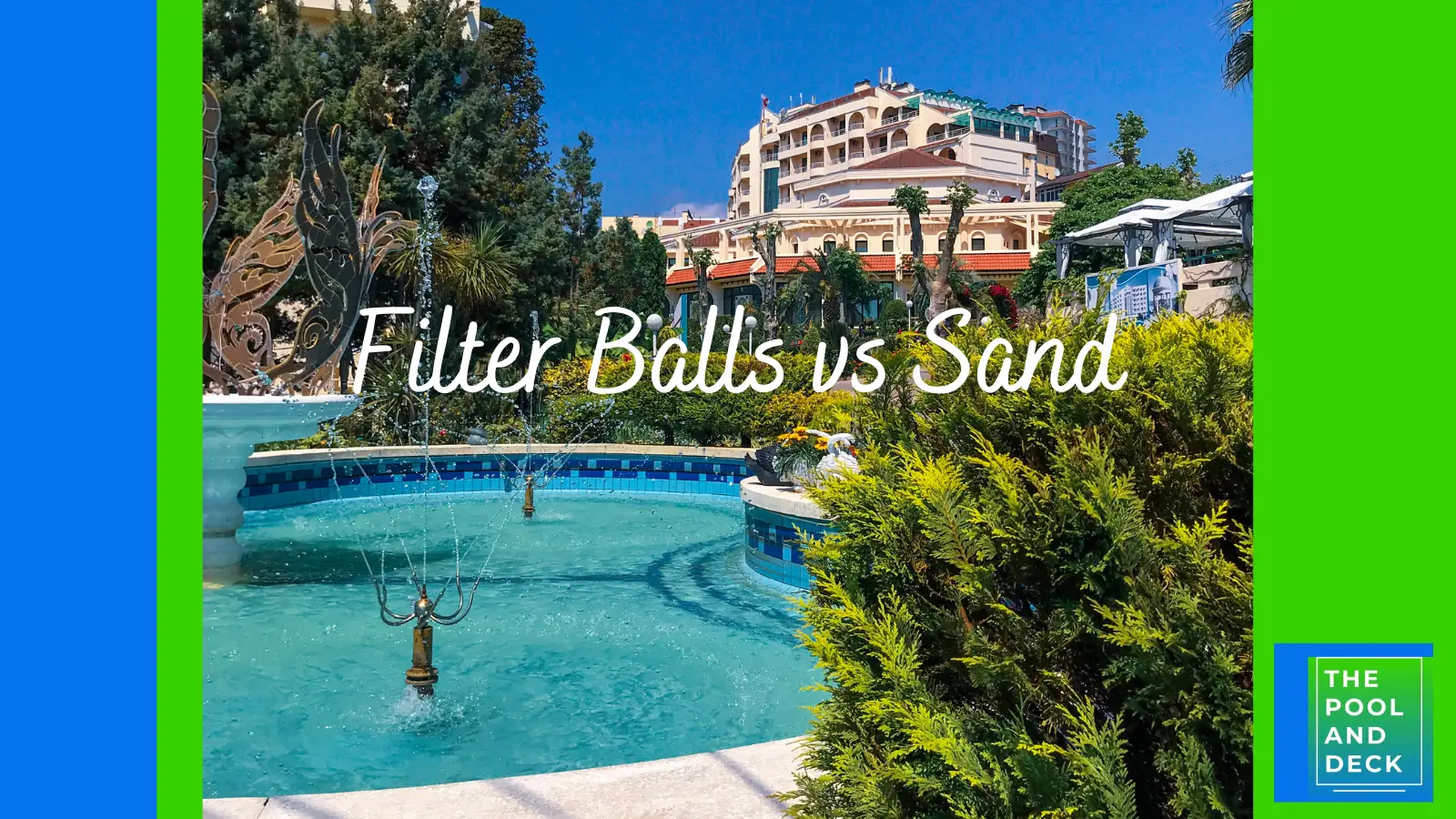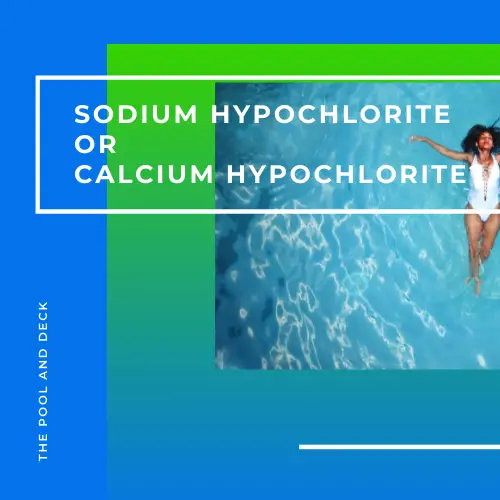Pool pH Too High: Cause, Effect & Solution
As an Amazon Associate, I earn from qualifying purchases.
Owning a pool can turn uncomfortable when issues like stinging eyes and itchy skin arise. More often than not, “pool pH too high” is the culprit.
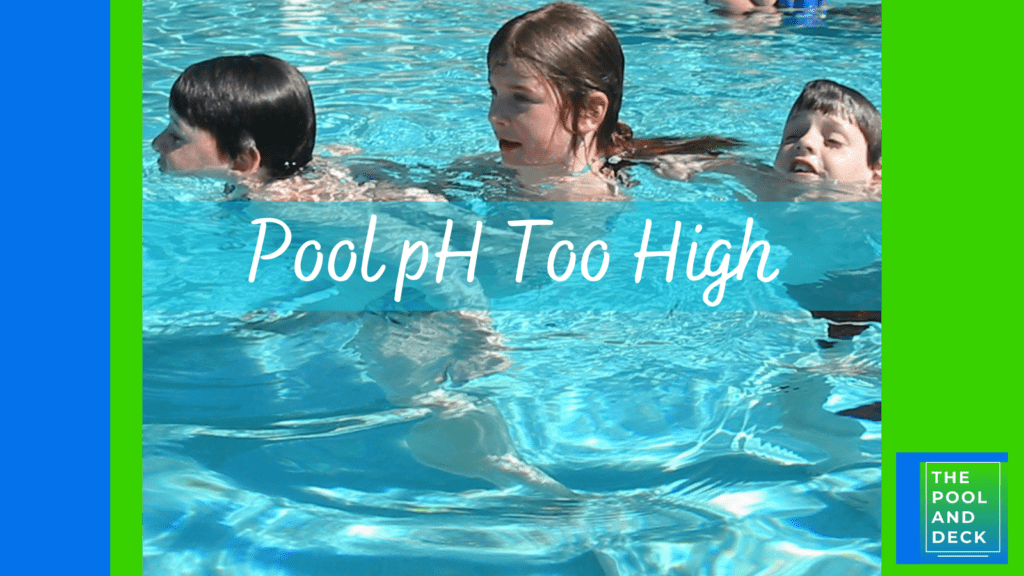
Maintaining a pool that’s safe and visually appealing requires understanding pool chemistry beyond chlorine. For both new and experienced pool owners, grasping pH and alkalinity dynamics can be confusing.
Here I address a very common issue of, “pool pH too high” and explain the cause, effect and solutions. Achieving the right balance in pool chemistry, especially with pH and total alkalinity, is challenging but essential for a clear and bacteria-free pool.
Table of Contents
Understanding pH and Its Significance
pH is a measure of how acidic or basic a substance is. The pH scale ranges from 0 to 14, with 7 being neutral. Anything below 7 is acidic, while above 7 is basic.
Do keep in mind that the pH scale is logarithmic, meaning water with a pH of 6 is 10 times more acidic than water with a pH of 7.
Ideal pH Range for Pool Water
The recommended pH range for a pool is typically between 7.2 and 7.8. This range ensures that your pool is safe for swimming, optimizes the effectiveness of the chlorine, and helps keep your pool clean and clear.
In my opinion, it is best to aim at keeping the pool pH between 7.4 and 7.6. When pH is outside this range you may face following problems:
Pool pH Too Low
Your pool becomes corrosive. Low pH (high acidity) can cause red eyes and itchy skin, along with corrosion of metallic pool parts.
Pool pH Too High
Chlorine becomes less effective. High pH (low acidity) may lead to cloudy water and promote the growth of bacteria and algae.
The pH level influences swimmer comfort, pool cleanliness, and equipment durability.
pH & Total Alkalinity Relationship
pH and total alkalinity of pool water are closely linked. Alkalinity serves as a pH buffer, stabilizing pH within the ideal range.
Low alkalinity leads to pH fluctuations, making it challenging to maintain a stable level. Conversely, high alkalinity can cause pH to rise, resulting in problems like cloudy water and scaling.
Balancing both pH and alkalinity is important but quite challenging. Lowering pH with muriatic acid or sodium bisulfate also reduces total alkalinity. This may require repeating the process of adding baking soda and sodium bisulfate until both parameters align within the desired range.
Achieving perfect pool chemistry involves meticulous attention to both pH and total alkalinity, ensuring a clear and bacteria-free pool environment.
Pool pH Too High: Cause
Some of the common reasons for pH and alkalinity to become high in pool water are:
Hard Water: You could be using “hard water” for replacing any water losses due to vacuuming, backwashing, plumbing leaks or just evaporation. Hard water contains high levels of dissolved minerals, such as calcium and magnesium.
The increase in overall mineral content of the pool water will certainly lead to an increase in Total Alkalinity (TA) of the pool. An increase in TA will also cause pH to increase.
Chemical Imbalances: Overuse of certain pool chemicals, such as pH and alkalinity increasers, can also cause an increase in pH and alkalinity levels. Always add them based on correct calculations and based on pool chemistry testing.
Trichlor Tablets: Cyanuric acid (CYA) is an important part of the Trichlor formulation. Its function is to prevent the photodegradation of chlorine. Trichlor is acidic, but CYA buffers this acidity and raises the alkalinity in the pool water.
Pool Shock: Shocking the pool can also create an imbalance in the pH and alkalinity levels.
Swimmers: Swimmers who fail to abide by the basic pool hygiene rule of “shower before swimming” add sunscreens, lotions and sweat to the pool. These chemicals can increase pH and alkalinity of the pool.
Pool pH Too High: Effect
When pH and alkalinity levels in your pool are high you will face one or more of the following problems:
- The effectiveness of chlorine to sanitize pool water drops. The result is an increase in pathogens & contaminants and an unhealthy pool.
- Increased risk of algae bloom.
- A swim in such a pool can irritate skin & eyes and shorten the life of bathing suits & goggles.
- Cloudy water & reduced visibility can make the pool unsafe for swimming.
- Calcium buildup and scaling can lead to rough pool surfaces, ladders and reduced water flow through pool plumbing.
Pool pH Too High: Solution
Addressing high pH in your pool requires adjustment of alkalinity first. Total Alkalinity (TA) is a pH buffer. You will not be able to lower pH if TA is not within the recommended range of 80 – 120 ppm.
Please adjust TA once again after adjusting lowering the pH as a change in pH also impacts the TA level.
Step 1: Test the Water
Use test strips or a kit to measure pH and alkalinity levels. Ideal ranges are pH 7.4-7.6 and alkalinity 80-120 ppm. Calculate chemical quantities based on test results.
Recommended Chemical Test Kit
Taylor K-2005 Complete DPD 9-in-1 Test Kit
Tests for free & total chlorine, bromine, pH, total alkalinity, total hardness, and cyanuric acid (CYA) levels.
Step 2: Adjust Alkalinity
Use sodium bisulfate, dissolved in water, to lower alkalinity gradually. Add the solution around the pool perimeter with the pump running for proper dispersion.
Step 3: Wait and Test
After adjusting alkalinity, wait and re-test pH. If still high, calculate the muriatic dose required using my muriatic acid pool calculator.
Add muriatic acid cautiously, following safety guidelines. Distribute evenly while the pump runs on “recirculate.”
Recommended Muriatic Acid
Acid Blue Muriatic Acid by CPDI
Vapor Reduction Technology reduces up to 90% of harmful vapors compared to standard muriatic acid.
Step 4: Monitor and Repeat
Wait, re-test, and repeat Steps 2 and 3 if needed until pH and alkalinity are within range.
Step 5: Pool Monitoring
Regularly test and adjust chemicals to maintain proper balance, including chlorine, calcium, and cyanuric acid. Monitor weekly to ensure levels stay optimal.
Thank you very much for reading the post. I do hope you found it informative and helpful.




